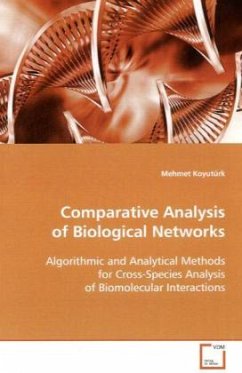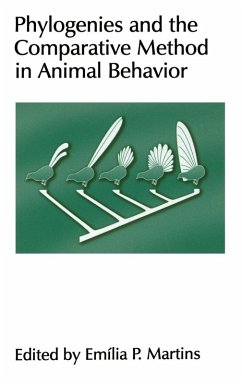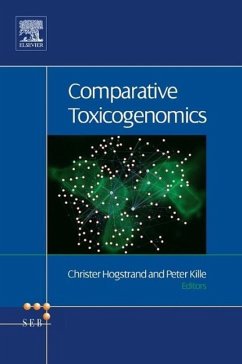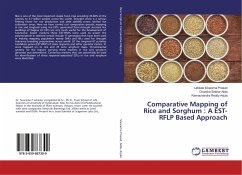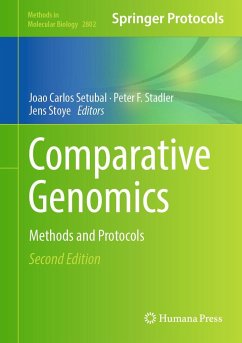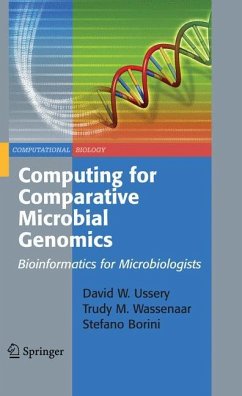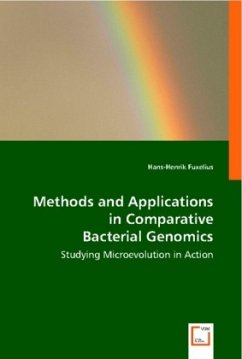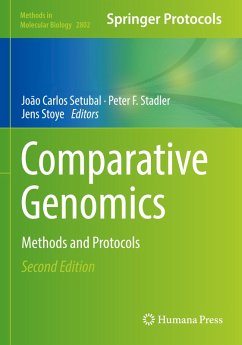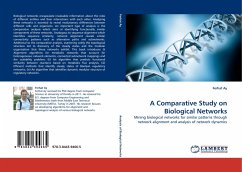
A Comparative Study on Biological Networks
Mining biological networks for similar patterns through network alignment and analysis of network dynamics
Versandkostenfrei!
Versandfertig in 6-10 Tagen
52,99 €
inkl. MwSt.

PAYBACK Punkte
26 °P sammeln!
Biological networks encapsulate invaluable information about the roles of different entities and their interactions with each other. Analyzing these networks is essential to reveal evolutionary differences between different cells and organisms. An important type of analysis is the comparative analysis which aims at identifying functionally similar components of these networks. Analogous to sequence alignment which identifies sequence similarity, network alignment reveals similar connectivity patterns such as alternative paths and subnetworks. Additional to the comparative analysis, examining s...
Biological networks encapsulate invaluable information about the roles of different entities and their interactions with each other. Analyzing these networks is essential to reveal evolutionary differences between different cells and organisms. An important type of analysis is the comparative analysis which aims at identifying functionally similar components of these networks. Analogous to sequence alignment which identifies sequence similarity, network alignment reveals similar connectivity patterns such as alternative paths and subnetworks. Additional to the comparative analysis, examining solely the topological structure led to discovery of the steady states and the modular organization that these networks exhibit. This book introduces (i) Alignment algorithms for metabolic networks that account for heterogeneous network elements, connected subnetwork mappings and the scalability problem; (ii) An algorithm that predicts functional similarity between reactions based on metabolic flux analysis; (iii) Efficient methods that identify steady states of Boolean regulatory networks; (iv) An algorithm that identifies dynamic modular structure of regulatory networks.



